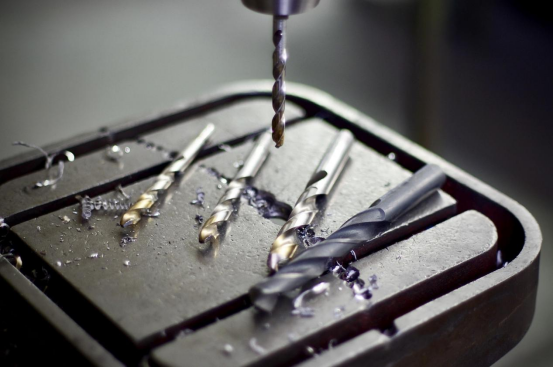In the grand blueprint of modern manufacturing, profile processing plays an indispensable role as the “skeleton.” From the steel structures of skyscrapers and the carriages of high-speed trains to the aluminum alloy frames in precision instruments and even the windows, doors, and furniture in daily life, profiles are ubiquitous. The core mission of profile processing is to transform these standardized raw materials into components that meet specific functional and design requirements.
Profiles typically refer to materials with specific cross-sectional shapes produced through processes like rolling, extrusion, or casting. Common types include metal profiles (such as aluminum and steel profiles) and non-metal profiles (like PVC profiles). Profile processing is a series of manufacturing steps that convert raw profiles into final products through mechanical machining, cutting, joining, and other operations.
Its core processing steps mainly include:
Cutting: This is the first step. According to the dimensions specified in the design drawings, raw material profiles of long length are precisely cut to the required size using equipment like band saws, circular saws, laser cutters, waterjet cutters, or plasma cutters.
Drilling and Tapping: For subsequent assembly and connection, holes need to be machined at specific locations on the profile. Using CNC drilling machines or machining centers allows for high-precision drilling, milling, and tapping (creating internal threads), ensuring assembly accuracy and strength.
Bending: For structures requiring arcs or special angles, press brakes or roll benders are used to cold-bend or hot-bend the profiles. This demands extremely high skill to avoid damaging the profile’s internal structure or causing surface wrinkles.
Riveting and Welding (Joining): These are the primary methods for connecting processed profile components into a complete frame. Welding (such as TIG welding, laser welding) creates permanent, robust joints, while connections using bolts, corner brackets, or special rivets (like pop rivets) facilitate modular assembly and disassembly.
Surface Treatment: To enhance the profile’s corrosion resistance, aesthetics, and service life, surface treatments such as anodizing (for aluminum alloys), electrophoretic coating, powder coating, plating, or polishing are typically applied.
With the advent of the “Industry 4.0” era, profile processing is increasingly moving towards intelligence and digitalization. Computer-Aided Design (CAD) and Computer-Aided Manufacturing (CAM) technologies enable seamless integration from product design to production. The widespread application of CNC machining centers, automated production lines, and industrial robots has significantly improved processing precision, production efficiency, and consistency, while reducing labor costs and errors.
In conclusion, although profile processing may seem like a basic manufacturing link, it is actually a comprehensive technology integrating materials science, mechanical engineering, and intelligent control. Like a silent master, it uses precise craftsmanship to transform cold materials into the solid skeleton that supports modern civilized life, continuously driving endless innovation across industries from construction and transportation to high-tech sectors.

